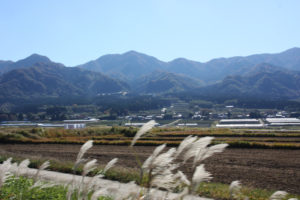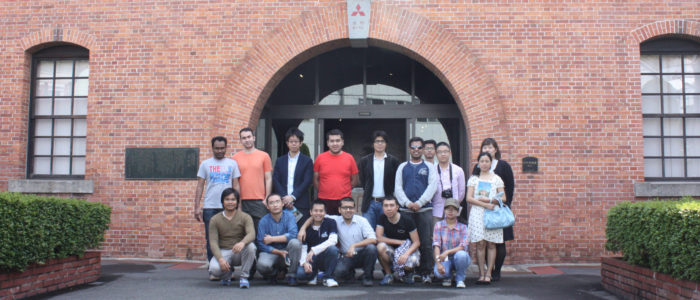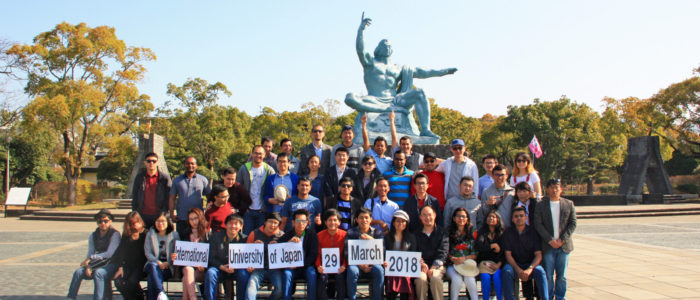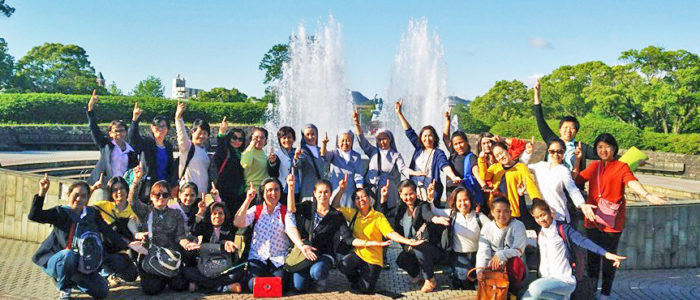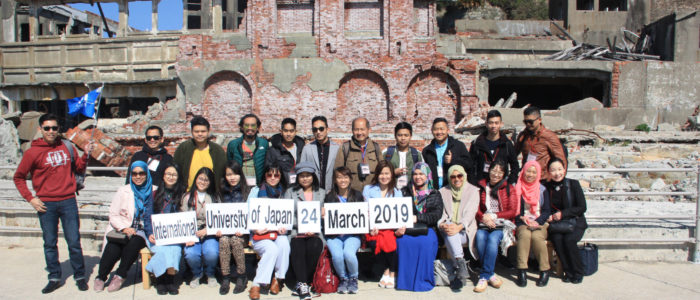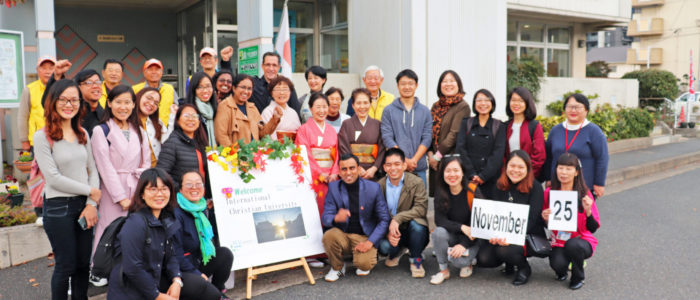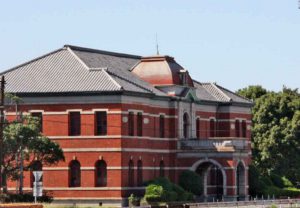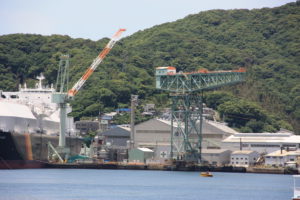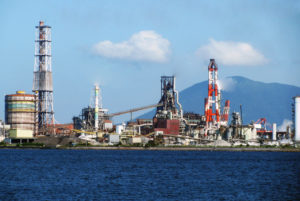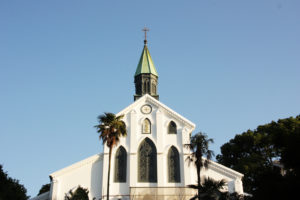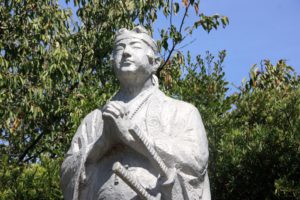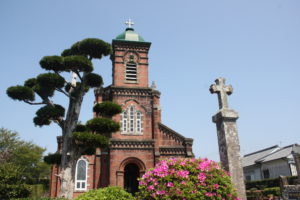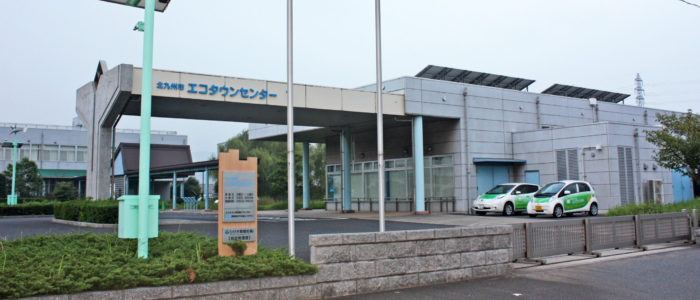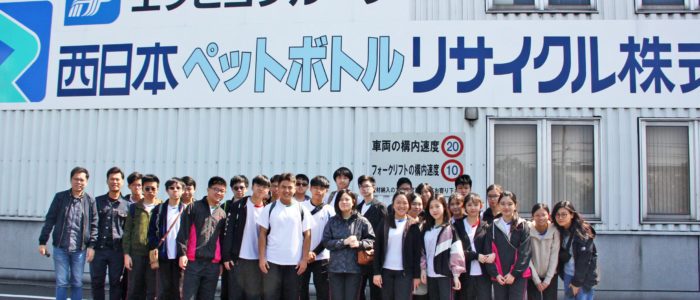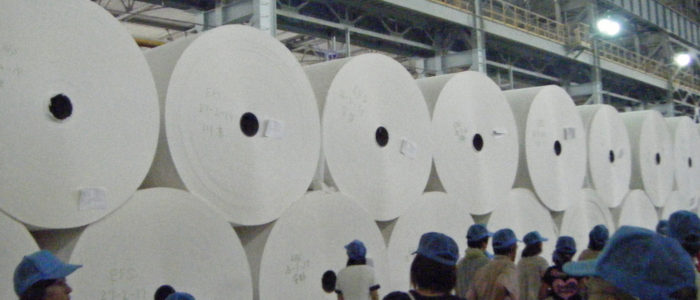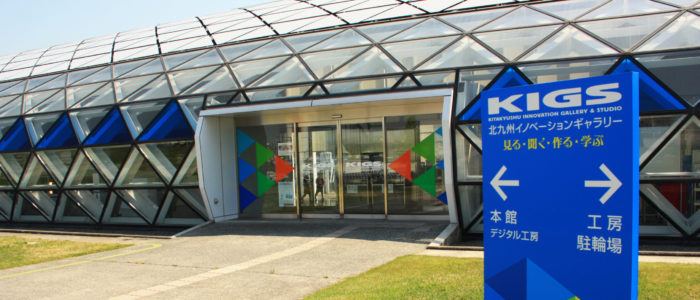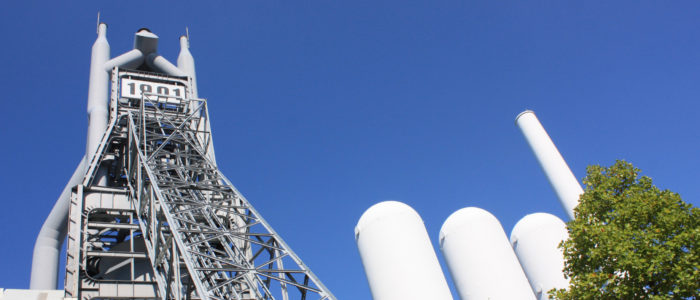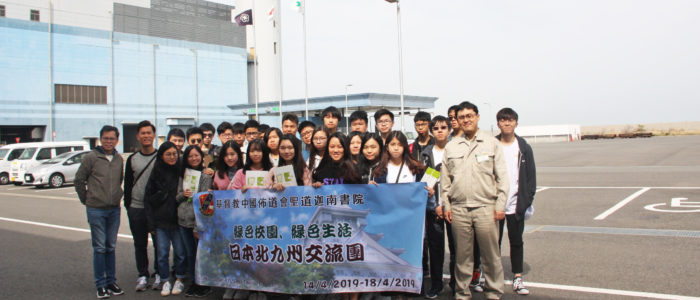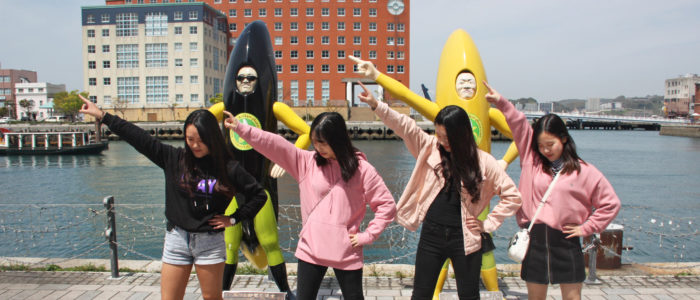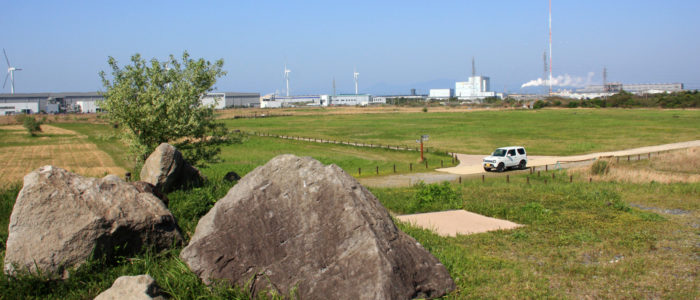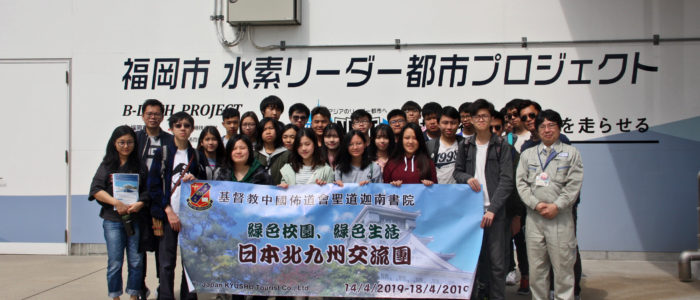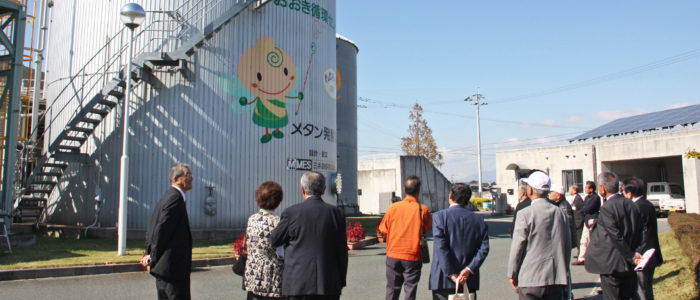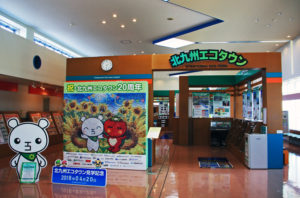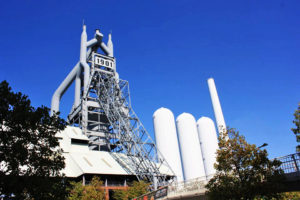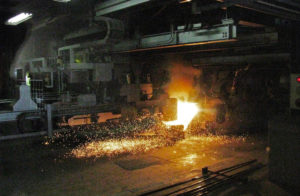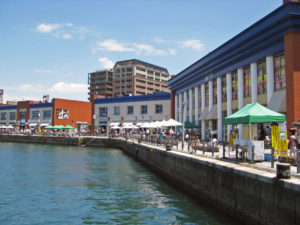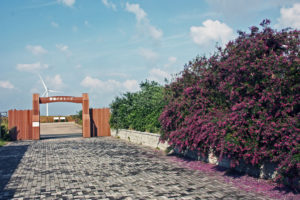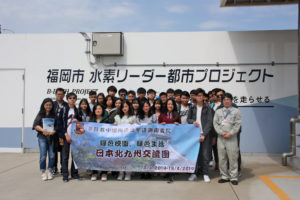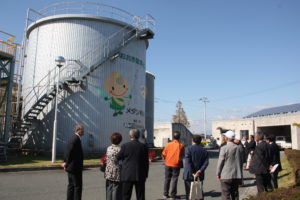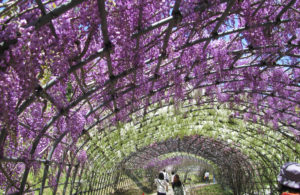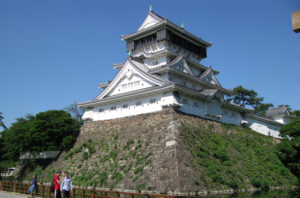Trail, Trekking and Cycling
Hakata temple & shrine town trail, in Fukuoka-prefecture
Hakata temple and shrine town is located within walking distance of JR ]Hakata Station and
there are many Temples and Shrines where you can feel and soak up the ambience of true
traditional Japanese culture.
The history of Hakata temple and shrine town started with the dispatch of Japanese cultural and
political missions to China in the 7th century. Afterwards the area prospered as the hub of Hakata,
which at the time was the largest port trading city in Japan.
There are many valuable artefacts and monuments here, including Tochoji temple, Kushida
Shrine, Jotenji temple, Shofukuji temple as well as Engakuji temple.
It is also surprising that Hakata has little recognition for being the origin of many culinary staples
such as Udon and Soba noodles, Manju (steamed bun), Uiro (steamed cake made of rice flour),
and traditional beverages like Japanese green tea.
This important historical area is also the location of Japan’s first Zen-temple and Shingon-temple.
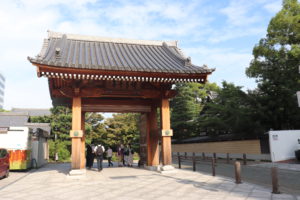 |
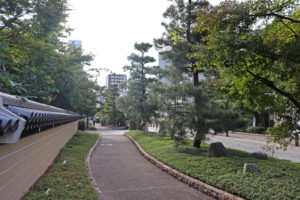 |
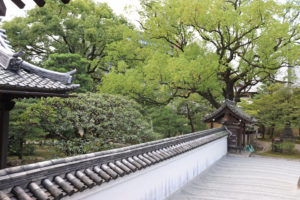 |
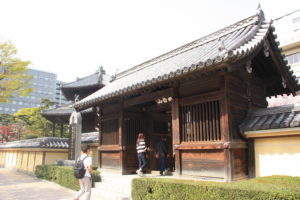 |
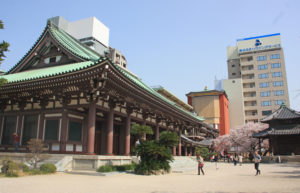 |
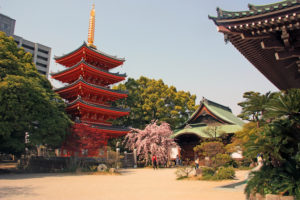 |
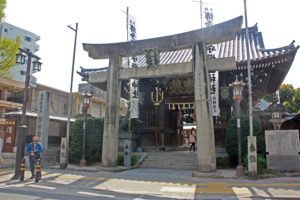 |
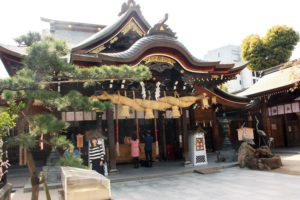 |
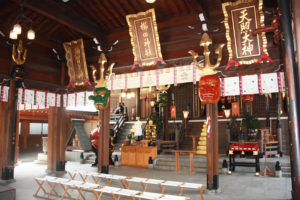 |
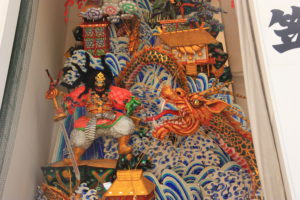 |
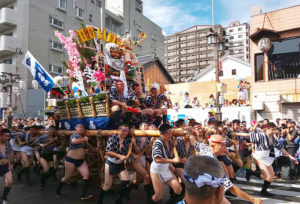 |
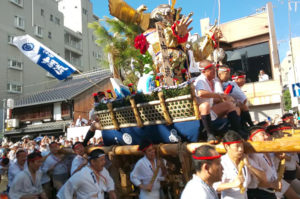 |
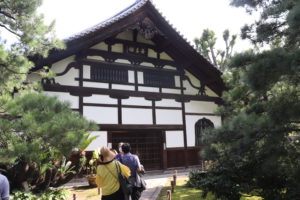 |
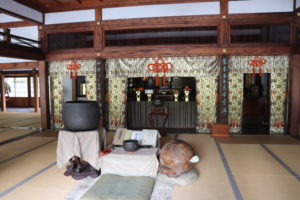 |
 |
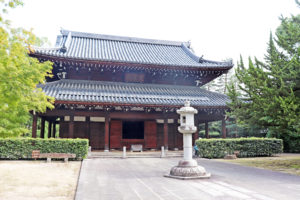 |
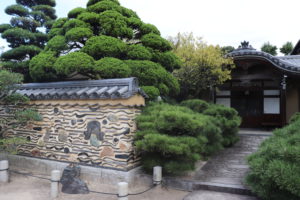 |
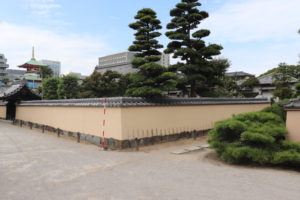 |
Maple Yaba Cycling Road, in Nakatsu, Oita-prefecture
Maple Yaba Cycling Road is a bicycle path that uses the abandoned Yabakei
Railway line and was established in 1982. As it uses the old railway line,
the gradient is gentle and it is a recommended cycling course for beginners.
You can enjoy many scenic spots such as the autumn leaves and the “Ao no Cave
” made famous by Kikuchi Kan’s “Beyond Gratitude and Revenge”, and it is a
cycling road with a wide variety of routes including tunnels and iron bridges that
use the old railway line.
 |
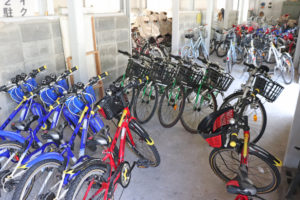 |
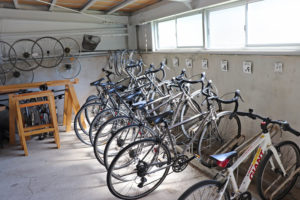 |
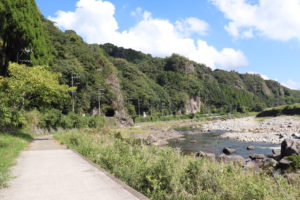 |
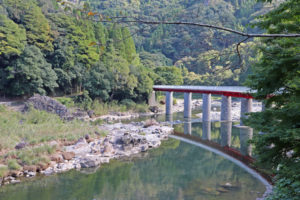 |
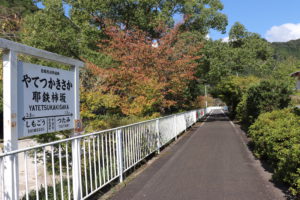 |
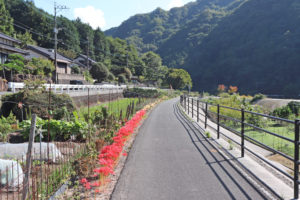 |
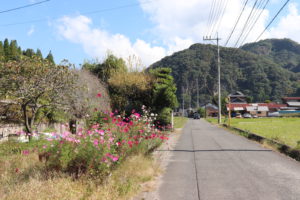 |
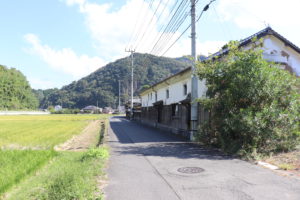 |
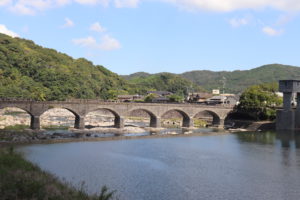 |
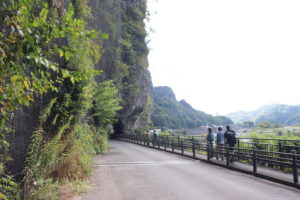 |
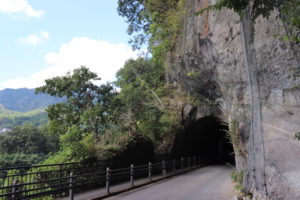 |
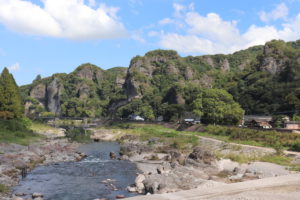 |
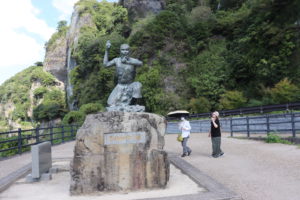 |
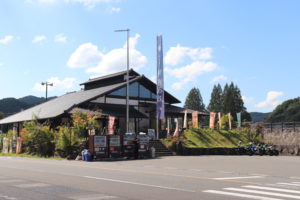 |
Trekking in Hiraodai Karst Plateau, Kitakyushu-city, Fukuoka-prefecture
Hiraodai Karst Plateau is also part of Kitakyushu Quasi-National Park along with Mount Sarakura
and one of the three largest karst plateau in Japan along with the Akiyoshi-dai Plateau and the
Shikoku Karst. It is located in southeastern part of Kitakyushu-city. At altitudes between 400 and
600 meters above sea level and stretching 6 km from north to south and 2 km from east to west.
There are a lot of hiking courses you can enjoy, and best season are spring and autumn.
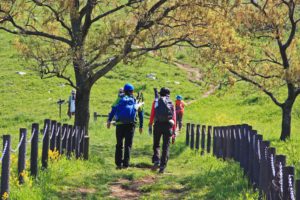 |
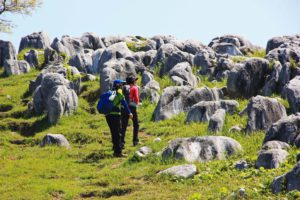 |
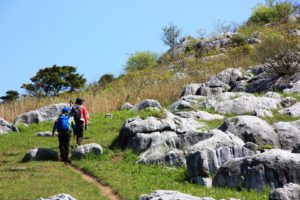 |
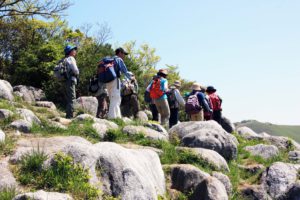 |
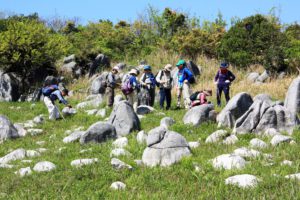 |
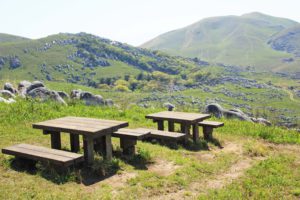 |
Trekking in Mount Sarakura, Kitakyushu-city, Fukuoka-prefecture
Mount Satakura is a part of Kitakyushu Quasi-National Park and is located in Yahata-higashi.
The height of the mountain is 633 metre from the sea level. The 8 courses have developed from
Mount Sarakura Cable Car Station to the summit of the mountain.
It takes about 120 minutes and form Cable Car Station to the top of the mountain.
Spectacular view from the summit of mount Sarakura can be enjoyed.
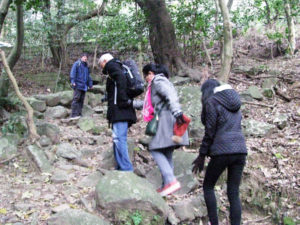 |
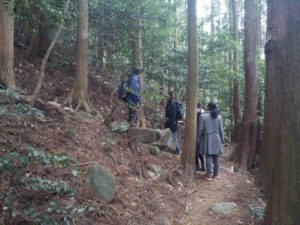 |
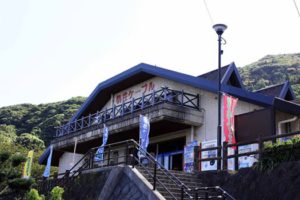 |
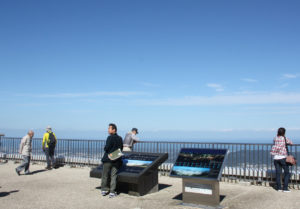 |
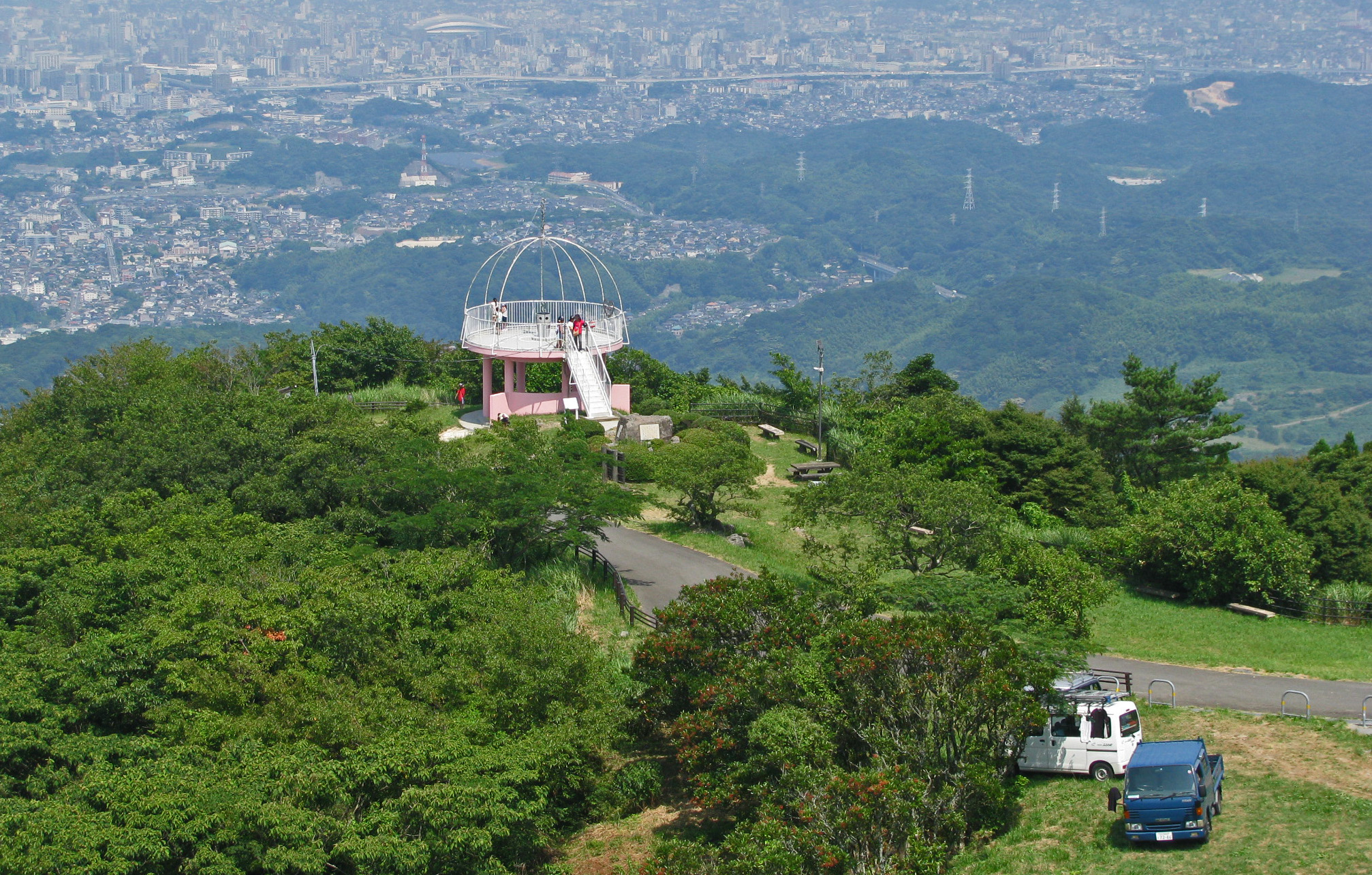 |
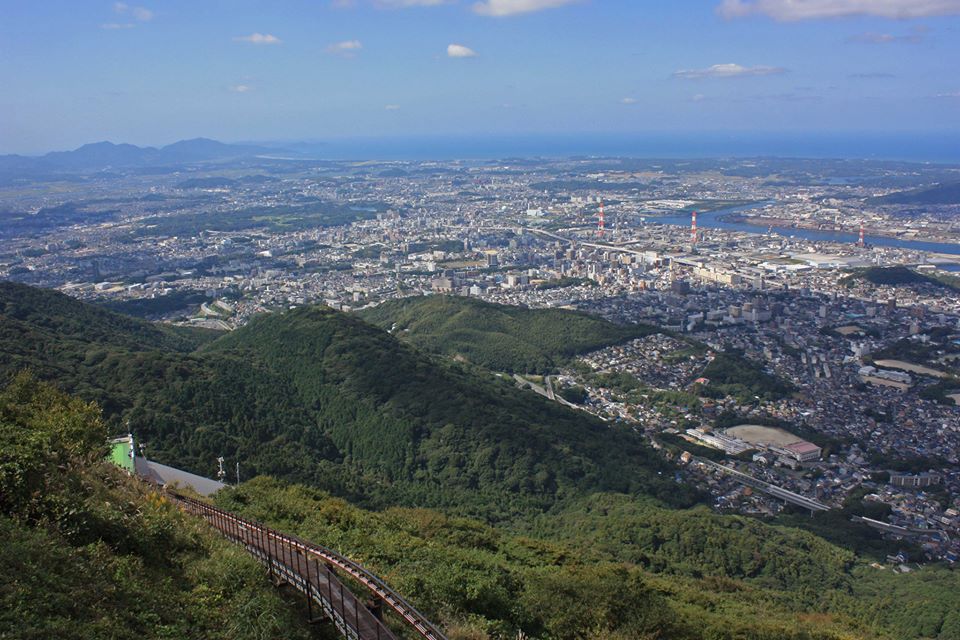 |
Exciting Experiences
Yanagawa canal boat cruise, in Fukuoka-prefecture
Yanagawa Canal boat cruise is to board a small boat called the Donkobune
and slowly go down the river skillfully maneuvered by a boatman with
bamboo pole.
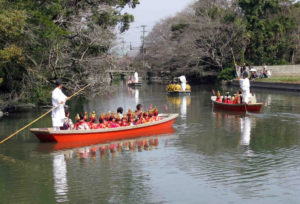 |
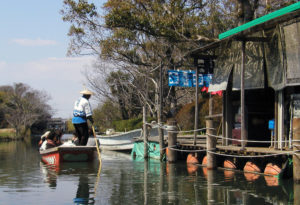 |
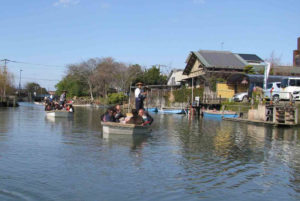 |
You will enjoy a leisurely cruise along the streets and houses which still retain
some remnants of castle town, hearing the boatman’s explanation of the history
and landscape of Yanagawa. You can also enjoy the specialty of Yanagawa eel
steamed in basket called “Unagi-no-seiromushi” on the boat.
Fruits harvest experience, in Fukuoka-prefecture
Let’s enjoy harvesting Fruits. In the harvest time, the northern Kyushu boasts many area
with beautiful fruit orchards. Fukuoka is one of the leading fruit-producing prefecture in all
Japan. The fruit production in Fukuoka is primarily concentrated in the southern Chikugo
region such as Ukiha, Asakura and Tanushimaru.
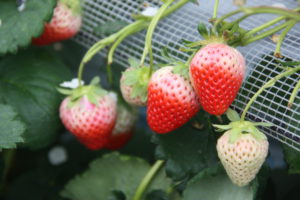 |
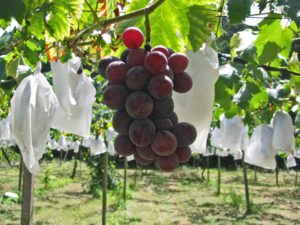 |
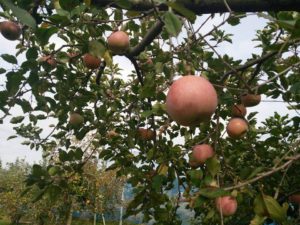 |
Strawberry : December through May, in Ukiha and Yame
Grape : August to beginning of October, in Ukiha and Tanushimaru
Persimmon : Middle of October to beginning of December, in Asakura,
Ukiha and Tanushimaru
Apple : August to December, in Asakura and Kama
Samurai experience, in Kumamoto-city, Kumamoto-prefecture
Discover the spirit of Miyamoto Musashi who was the strongest Sumurai in Japan.
You can learn the real Samurai swordsmanship and sprituality that has been
passed down for 380 years.
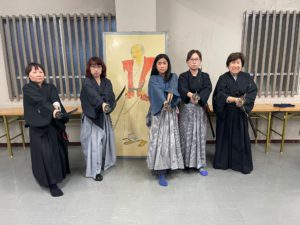 |
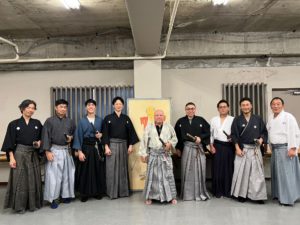 |
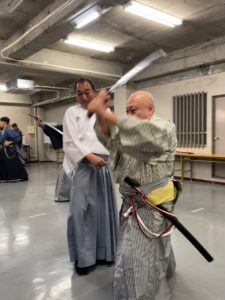 |
Japan KYUSHU Tourist can organized Samurai Experience in Kumamoto.
Aso Tourist Tram, in Aso, Kumamoto-prefecture
Enjoy the magnificent scenery of Aso. The Minami Aso railway is a private railroad
offering a very scenic ride from Takamori to Nakamatsu in the south east of the
caldera.
Lovely and magnificent scenery can be enjoyed on a pleasant 30 minute train ride.
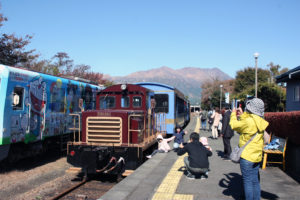 |
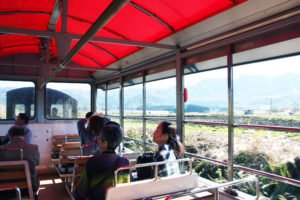 |
|
Amakusa cruise, in Kumamoto-prefecture
Amakusa cruise
You can enjoy the beautiful scenery of Amakusa from the sea on a cruise.
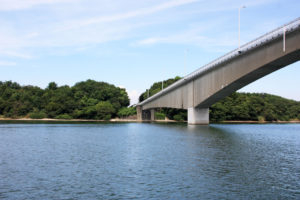 |
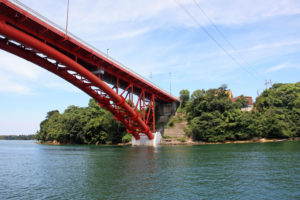 |
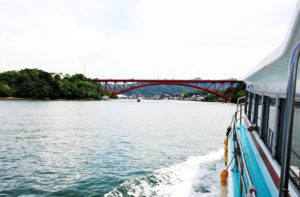 |
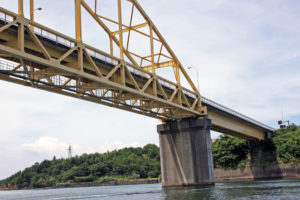 |
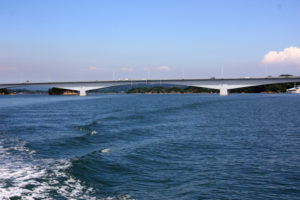 |
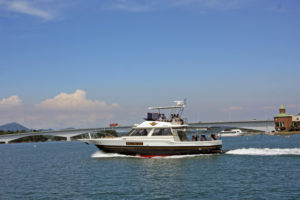 |
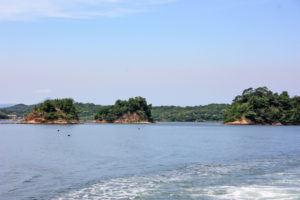 |
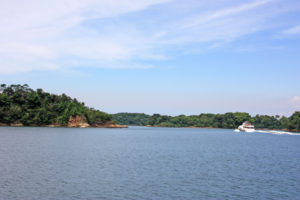 |
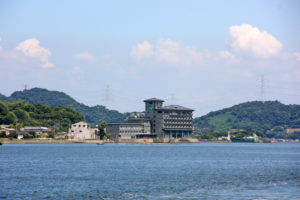 |
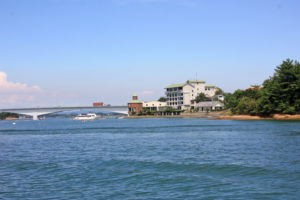 |
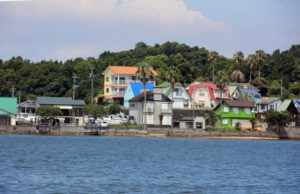 |
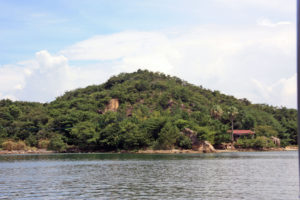 |
Net fishing experience, in Itoshima, Fukuoka-prefecture
This is one of the traditional fishing methods using fishing net in which the fish are
caught by pulling both end of rope by hand.
The net is set up by boat so that it is spread over the points where fish are likely to gather,
and the rope is returned to the shore.
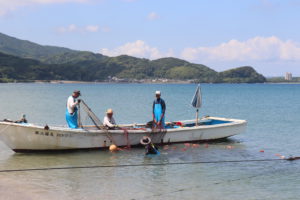 |
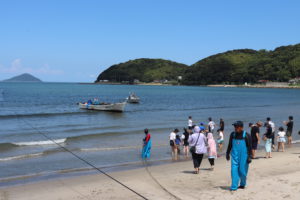 |
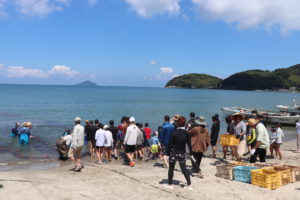 |
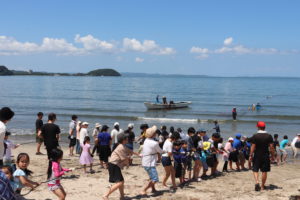 |
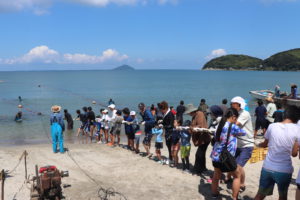 |
 |
Transportation & Tour guide arrangement
Our tour is Customized package tour exclusively for you.
The tour is utilized a private vehicle and escorted by English-speaking driver or Licensed Tour guide.
Private vehicle
Type of the private vehicle is selected depending on the number of traveler and luggage, and
preference of car.
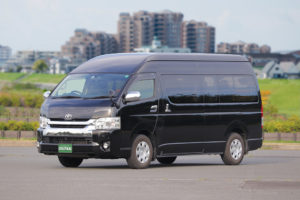 |
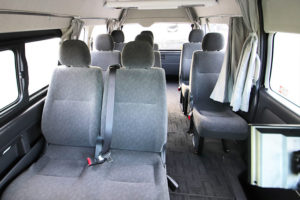 |
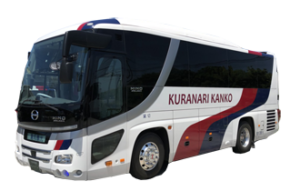 |
1)Small number of travelers ; up to 6 or 7 person
・Private vehicle : Taxi with 9 seats or with 4 seats
・Tour guide : English-speaking driver
2) Large number of travelers ; more than 6 or 7 person
・Private vehicle : Bus ( Coach ) with 25 seats, or 30 seats or 45 seats
・Tour guide : Licensed English speaking Tour guide
Tour guide
1)Small number of travelers ; up to 6 or 7 person
English-speaking driver takes you any placed as per Itinerary and works as tour guide.
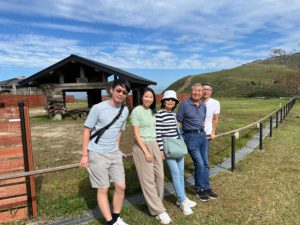 |
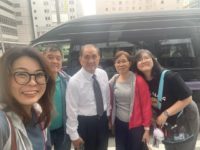 |
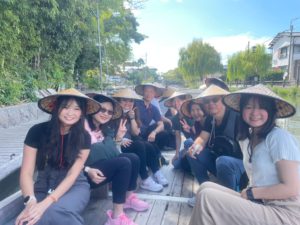 |
2)Large number of travelers ; more than 6 or 7 person
Licenced English-speaking Tour guide
No matter how many times you’ve visited Japan, a Licensed tour Guide will help you
see Japan, Kyushu in a new light. Go on a comfortable and informative journey,
seeing and doing things like a local. This is the best way to experience Japan and
Kyushu in depth and on a whole new level.
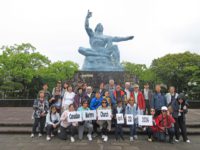 |
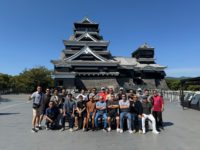 |
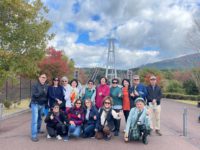 |
From tradition, culture, and history to modern-day customs and fashion, you can take in-depth tours
of Japan with a knowledgeable guide. Enjoy far more than you could on your own traveling with
someone who is at home and familiar with the area.
Note : Chinese speaking driver for a private vehicle or Licenced Chinese speaking guide also can be
organized
Kyushu Travel Guide Kyushu Photo Collection Off the beaten path What our Customers have to say
Home Our Services About us Contact us Terms and Conditions Privacy Policy Staff Blog
Accommodation arrangement
One of the most important things to enjoy the travel is arranging the accommodation.
Japan offers a wide range of accommodation types in both Western and Japanese types.
Western type accommodation
From the familiar western chains to local Japanese brands, from economy to luxury properties,
there are a huge number of Western type hotels in Kyushu. Prices vary greatly depending on
the location and rank of hotel.
・The accommodations are located in any places in Kyushu.
・Normally the breakfast is included.
・japanese style room is not available
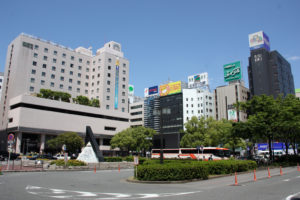 |
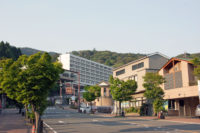 |
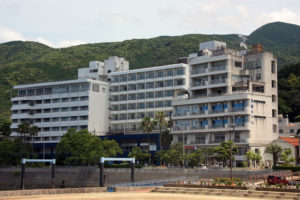 |
Japanese type accommodation
Japanese type accommodation vary, from the very traditional to modern, from sprawling resort to
private villa retreat, from Onsen Ryokan to urban establishment. When searching for luxury
accommodation outside of the major cities, Japanese type accommodation are often your best
chance at finding luxury service and amenities;
however, also travellers on a economy who want a Japanese experience can also find more
economical properties as well.
・The accommodations are mainly located in Onsen Resorts areas.
・Dinner and breakfast are included, local speciality and cuisines can be enjoyed.
・Japaense style room and Western style room are available
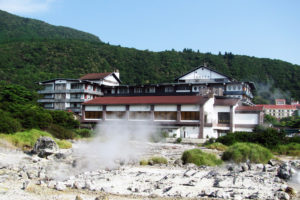 |
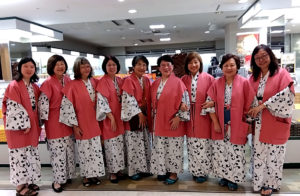 |
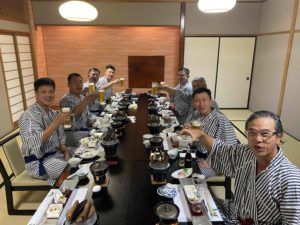 |
We would like to offer Suitable accommodation for your memorable stay in consideration of location,
meals, Onsen, facilities as well as services with homely atmosphere.
We will suggest the best accommodation as per the following information
・Number of travelers
・Type of accommodation ; such as Western and / or Japanese
・Grade of accommodation such as economy, intermediate or luxury
・How many people in a room
・Type of room such as Western and / or Japanese
・Bed type of Western style room such as twin beds and / or double bed and /or triple beds
・Preference of meals
Home Our Services About us Contact us Terms and Conditions Privacy Policy Staff Blog
Meal arrangment
Eating delicious dishes from other cultures is one of the most enjoyable aspects of travelling.
We can arrange authentic Japanese meals and local cuisines that you have never tasted before.
Food stalls, Hakata ramen Yatai, Fukuoka-city, Fukuoka-prefecture
Food stalls “Yatai” is one thing to enjoy in Fukuoka. Despite a decline in recent year, there
are said to be more than 160. The food stalls have all kind of food, but you have to try
Hakata ramen, usually made with white soup from pork bone and thin noodles. When you
order, you can specify noodle texture, such as yawa, meaning “soft”, or bari-kata, meaning
“very hard”. In local dialect bari means “very”. Anther unique thing is kaedama.
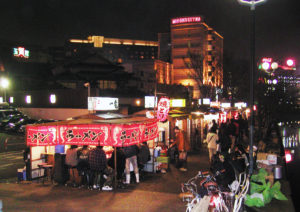 |
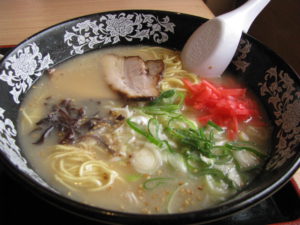 |
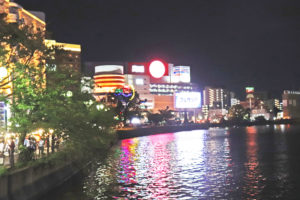 |
The thin noodles takes moments to cook, so you can just order an additional noodle serving,
but don’t drink too much soup before ordering more noodles. Besides ramen stalls, there are
gyoza dumpling stall, Western-style bar stalls and more. It’s hard to pick out just one.
The stalls have a unique and strange appeal. Eating in such cozy spaces with others creates
a friendly feel of community.
Mitsui Club restaurant, in Kitakyushu-city, Fukuoka-prefecture
The Japanese and Western Restaurant at the Mitsui Club. You can enjoy grilled curry that
originated from Moji Port. Mitsui Club was built by the Mitsui Co., Ltd in 1921 as a reception
center and to provide accommodation for VIP’s. It is now designated as an important cultural
property. Dr. Albert Einstein who awarded Nobel Prize in Physics stayed here.
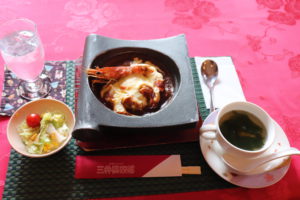 |
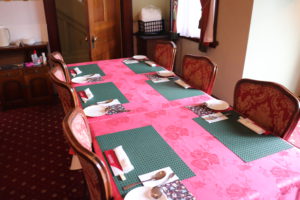 |
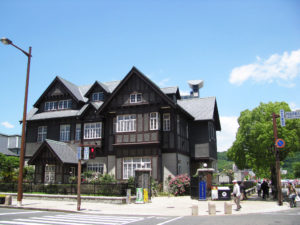 |
Restaurants at JR Kokura station, in Kitakyushu-city, Fukuoka-prefecture
Ekikara 30 po Yokocho, is the restaurant floor at 1st floor of AMU Place, JR Kokura station.
There are various type of Japanese style restaurant including Ramen restaurant.
Lunch and dinner can be enjoyed.
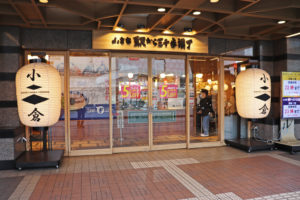 |
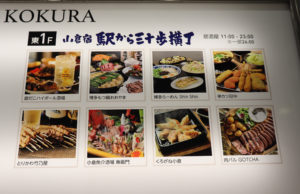 |
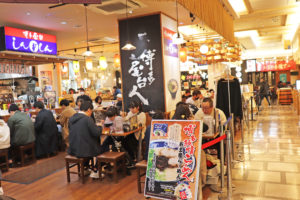 |
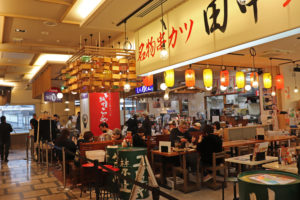 |
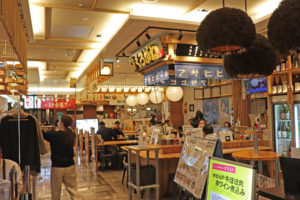 |
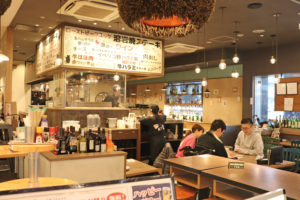 |
Ichiran-no-mori, in Itoshima, Fukuoka-prefecture
Let’s enoy Hakara Ramen. Ichiran is an authentic tonkotsu ramen (pork born soup ramen) restaurant,
established in 1960. The ramen producing factory can be visited and various type of ramen can be
enjoyed at Ichiran-no-mori.
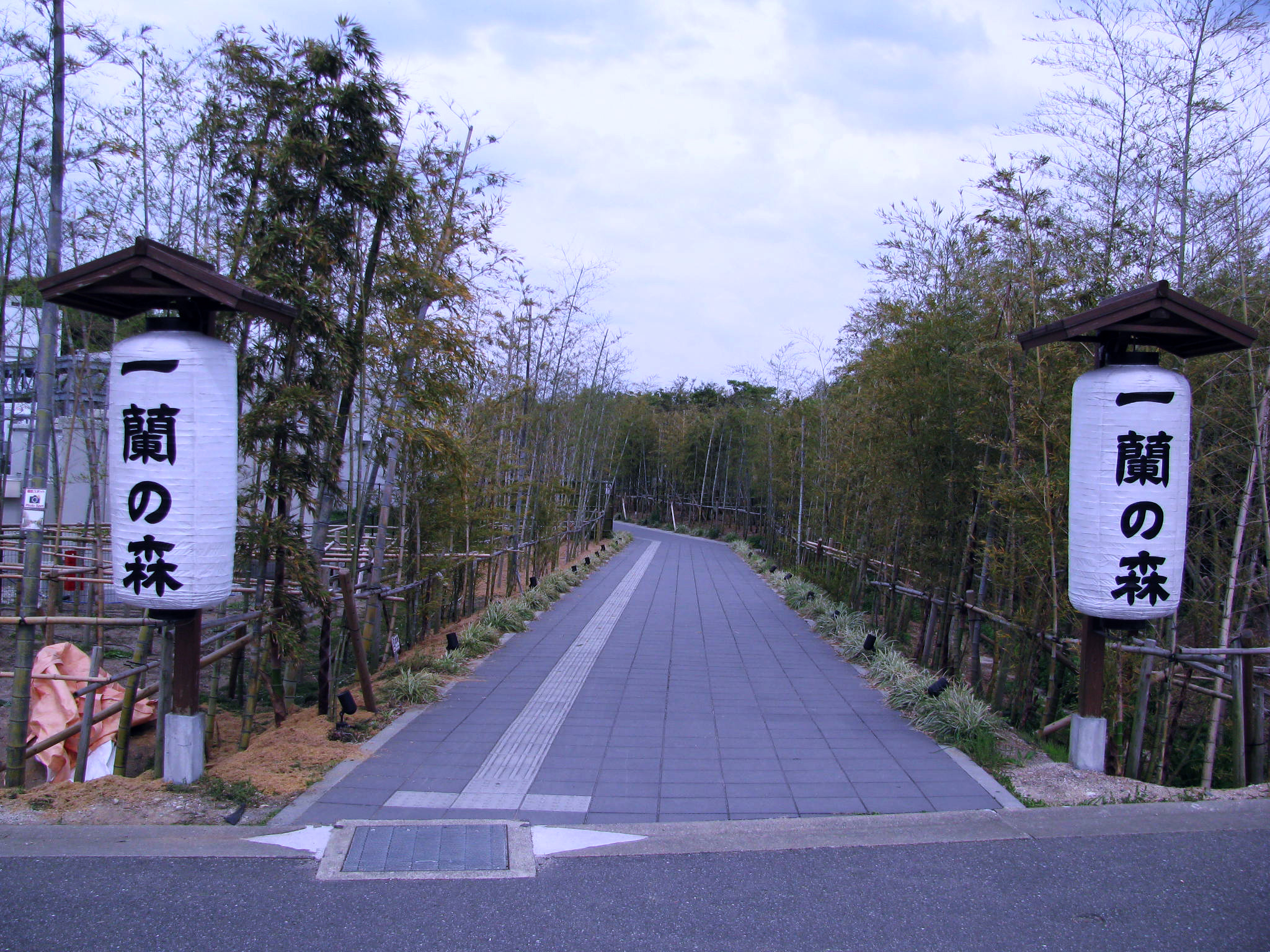 |
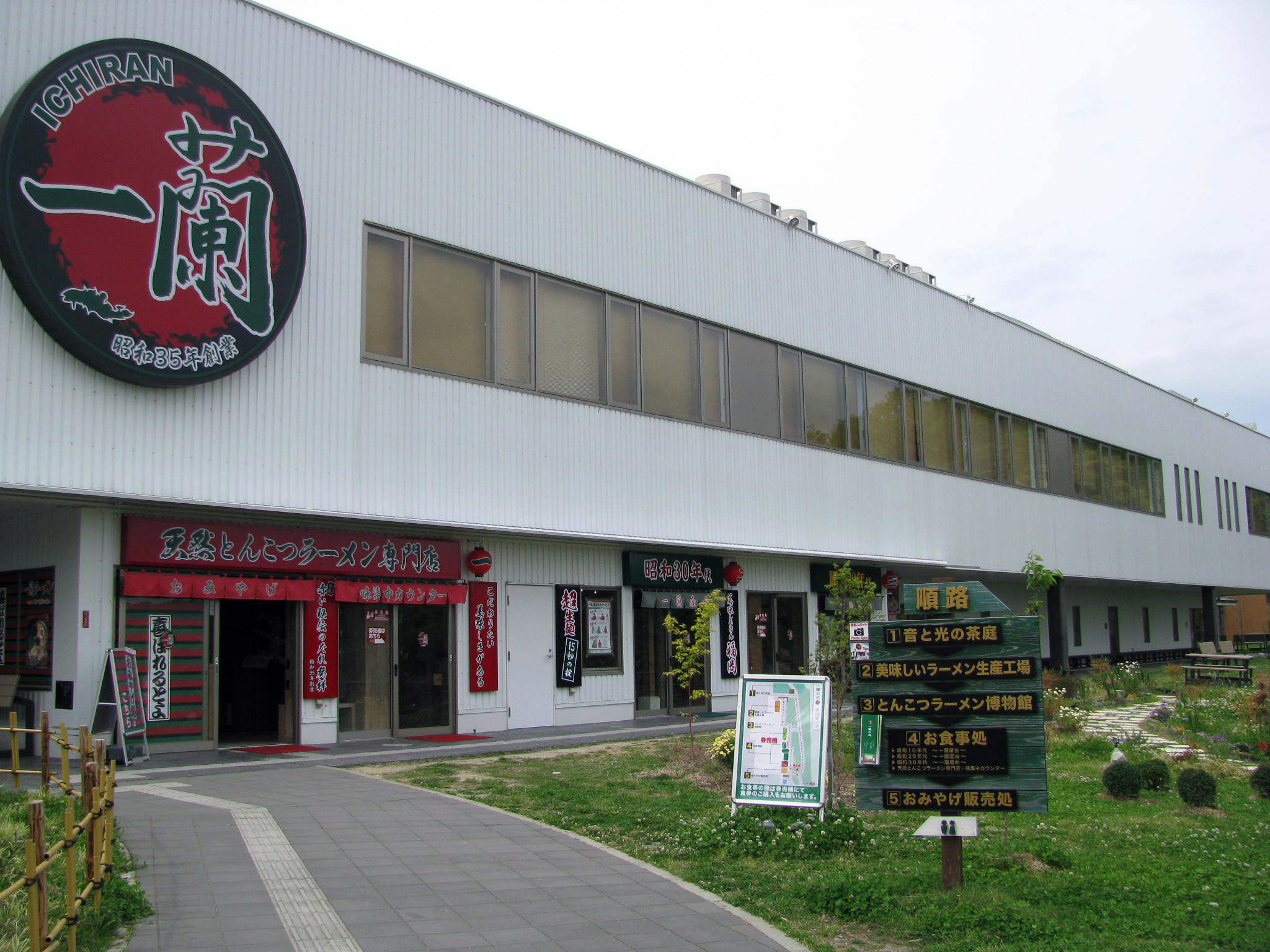 |
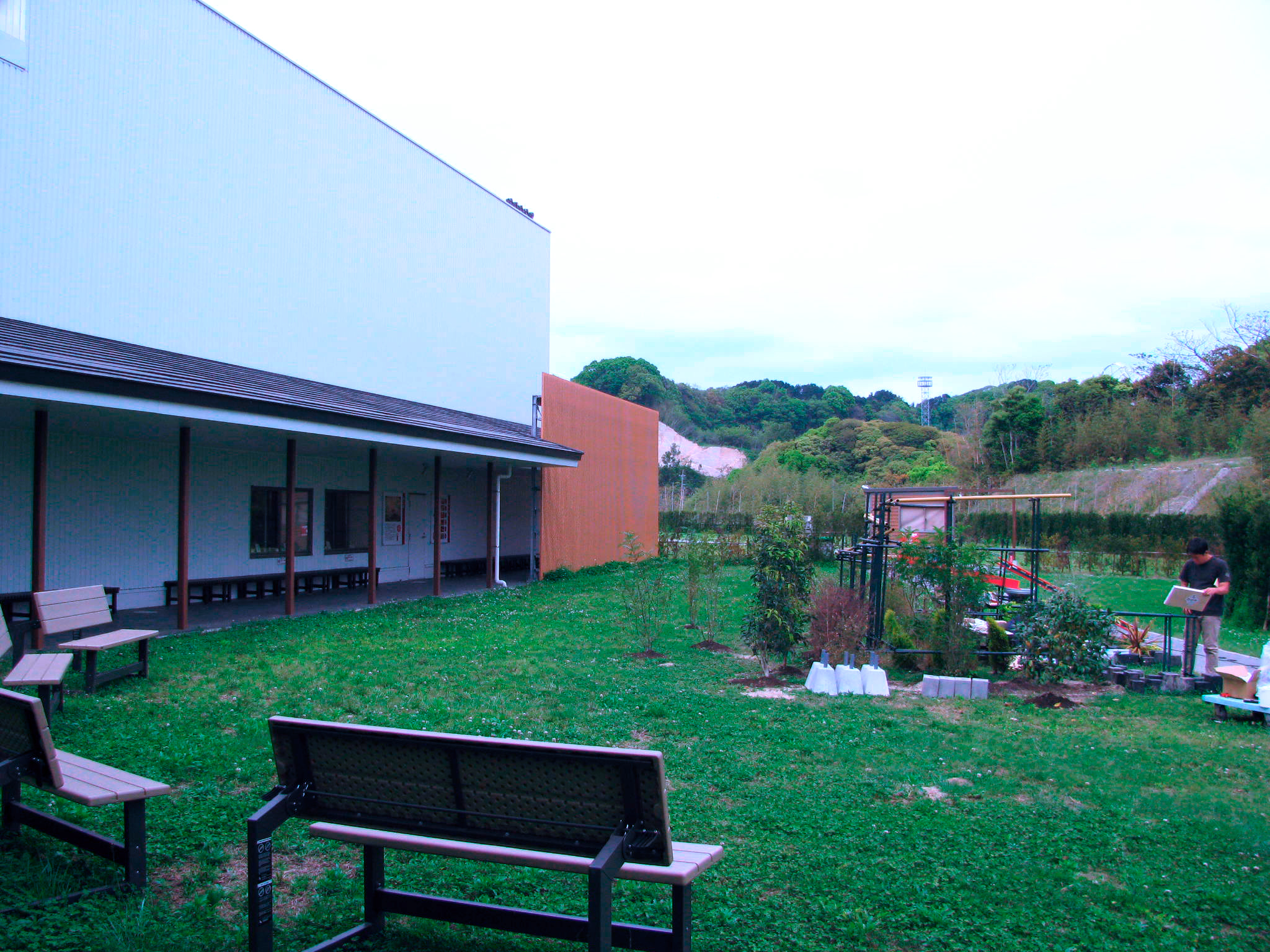 |
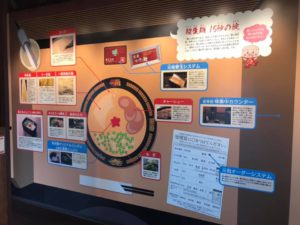 |
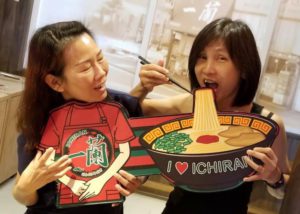 |
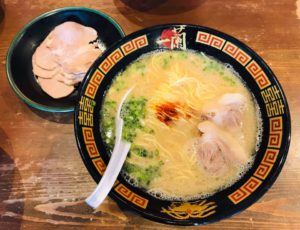 |
Oyster Barbecue Hut, in Itoshima, Fukuoka-prefecture
Itoshima oyster growing up in the rich nature of mountain and sea Itoshima oyster features
mellow and sweet taste. There are many Oyster Barbecue Huts at five fishing harbours.
The huts only open during the season, from end of October to March or April.
The huts are simple in construction; just big vinyl tents filled with a few dozen tables, each with
their own grill. You can get oysters, sazae (sea snails), prawns, fish and other seafood, fresh as
fresh can be, by the crate.
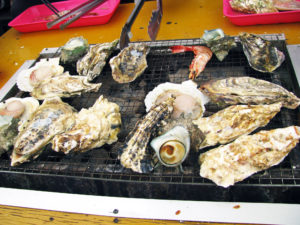 |
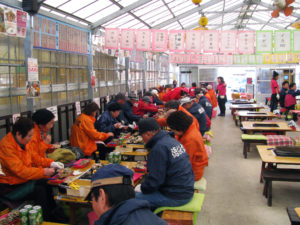 |
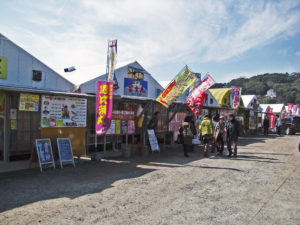 |
Study tours in Kyushu
We are providing the Study tours in Kitakyushu and Nagasaki from the viewpoint
of SDGs.
SDGs (Sustainable Development Goals), otherwise known as the Global Goals, are
a universal call to action to end poverty, protect the planet and ensure that all people
enjoy peace and prosperity and which is a collection of 17 Global Goals.
The Goals to be achieved vary by country and region and the solutions and difficulty
to reach the Goals also differ. Kitakyushu and Nagasaki are the best places of SDGs.
Because the histories, current environmental leadership and further plans of those
areas are related to all 17 Goals, therefore the solutions for each participant can
be found.
What to learn
Solid waste management & Recycling / Kitakyushu-city
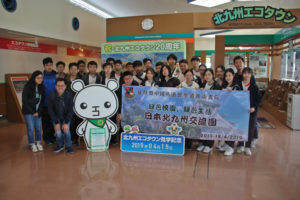 |
Kitakyushu-city is the advanced city of Solid waste management in Japan. Comprehensive solid waste management system can be learned from waste colleting procedure at household to the final stage of waste treatment such as incineration, landfill and recycling. |
Low Carbon Society / Kitakyushu-city
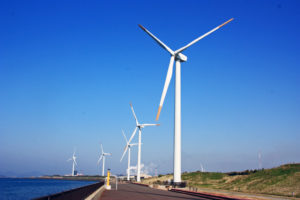 |
The city is promoting the Low Carbon Society in Asia while taking leadership as the Environmental Future city. The new generation technologies and the activities cooperated with Citizen to achieve Low Carbon Society can be learned. |
Industrial modernization & KAIZEN strategy / Kitakyushu-city
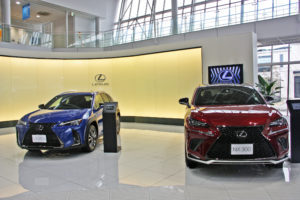 |
Japanese industry at the end of 19th century was 200 years behind. Since Japan’s modern Steel Industry operation commenced in 1901 in Kitakyushu, Japan became the world’s leading industrialized country in only 100 years. There is the KAIZEN strategy in the background to Japan becoming an industrialized country at a rapid speed. |
UNSCO World Herigate / Japan’s Meiji Industrial Revolution
Steel Industry Heritages in Kitakyushu-city and Ship building and Coal Industry Heritages in
Nagasaki ; those Heritages show the history of Japan’s Industrial modernization.
The unique testimony to the tradition of people and their communities who secretly
transmitted their faith in Christianity while surviving in the midst of the conventional
society and its religions during the time of prohibition.
Solid waste management tour in Kitakyushu
Kitakyushu-city is the advanced city of solid waste management in Japan. The comprehensive
Solid waste management system and Recycling technologies can be learned from waste
collecting procedure at household to the final stage of waste treatment such as incineration,
landfill and recycling.
What to learn
Comprehensive Solid waste management system and Recycling technologies
Tour conditions
The tour is the tailor-made study tour exclusively for your group
Number of participant : from 5 to 40
Tour duration : 2 days ( one-day tour can be arranged if required )
Study tour planning and arrangement :
Tour guide and interpreter (English ) : Japan KYUSHU Tourist
Transportation : a chartered vehicle
Itinerary
Day 1
8:30 leave hotel in Kitakyushu
Hiagari Recycling Center for waste cans and bottles
lunch
Plastic PET Bottle recycling / Nishi-Nippon PET Recycling
Citizen community Center
17:30 arrive Hotel in Kitakyushu
Day 2
8:30 leave hotel in Kitakyushu
Waste paper recycling / Kyushu Seishi
Lunch
Melting Furnace / Sin-Moji Plant
Sightseeing Mojiko Retro
17:30 arrive Hotel in Kitakyushu
Option : the following sites can be arranged as an option.
Where to visit and what to learn
Day 1
Hiagari Recycling Center for waste cans and bottles
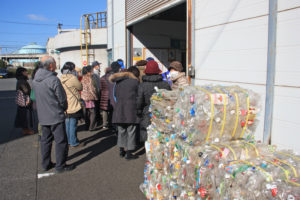 |
The Recycling Center where separates cans, bottles and PET bottles collected in Kitakyushu-city for recycling. And also paper containers and Styrofoam food packs are separated at this facility. |
Plastic PET Bottle recycling / Nishi-Nippon PET Recycling
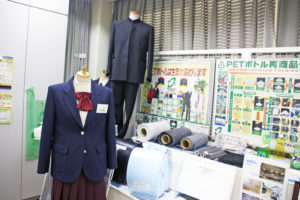 |
PET (polyethylene terephthalate) bottles are sorted by municipalities and recycled into pellets and flakes, which can be used as raw materials for polyester fibers and egg cartons. |
Citizen community Center
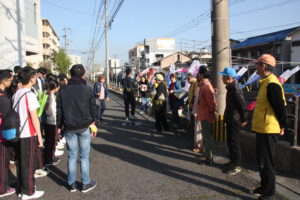 |
Introduce the Duties of Citizen and Self-government organization for recycling & waste management. |
Day 2
Waste paper recycling / Kyushu Seishi
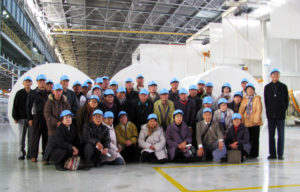 |
Refined waste papers is recycled into toilet papers. Sludge generated during the toilet paper production process is used to produce a foaming inhibitor used by steel works.
|
Melting Furnace / Sin-Moji Plant
Options
Home Our Services About us Contact us Terms and Conditions Privacy Policy
Kawachi Wisteria garden one-day tour
Kawachi Wisteria Garden is selected as a beautiful place of the real world 10 and is a private
garden at the Mountain foot of Sarakura in Kitakyushu-city and the garden is opened to the
public seasonally during the wisteria season which usually peaks around late April to
middle of May.
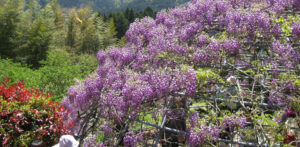
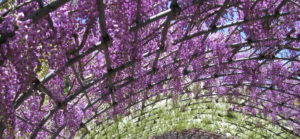
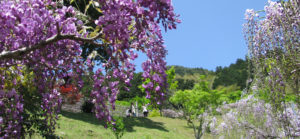
Tour date : April 28, 29, 30, May 2, 3, 4, 5, 2023
・English speaking guide escorts and guides you during the tour
・A private vehicle with 9 seats is utilized during the tour
・Start and end of the tour is JR Kokura station in Kitakyushu-city
・Number of person : 2 to 8
Itinerary
9:30 Depart JR Kokura station in Kitakyushu-city
15:00 Arrive JR Kokura station
|
Number of participant |
Price per person |
|
| 2 person | 18,000 JPY | |
| 3 person | 13,000 JPY | |
| 4 & 5 person | 10,000 JPY | |
| 6 to 8 person | 7,000 JPY |
Where to visit
The tour takes you Kawachi Wisteria garden and featured tourist destinations in Kitakyushu-city,
and operated during Kawachi Wisteria blossom period from late April to middle of May depending
on the Wisteria condition.
Location of Kitakyushu-city
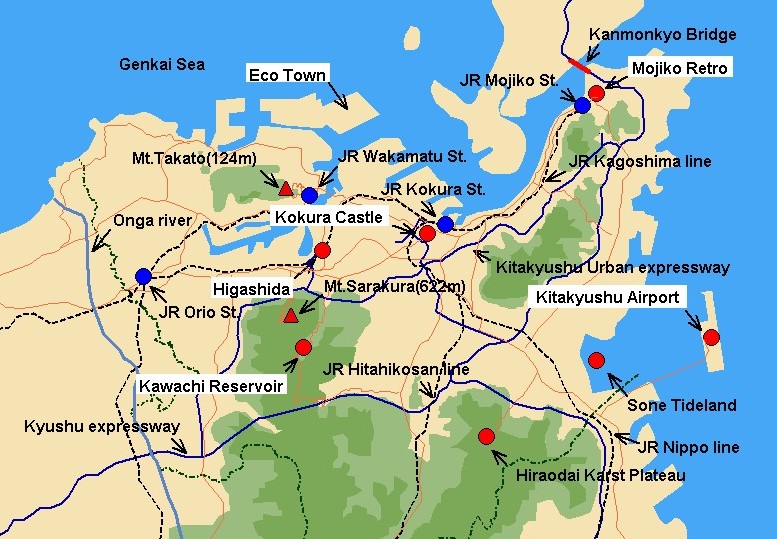
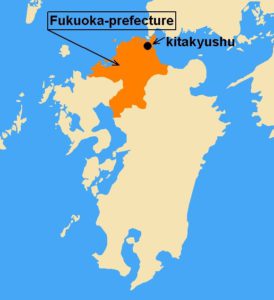
Home Our Services About us Contact us Kyushu Travel Guide

